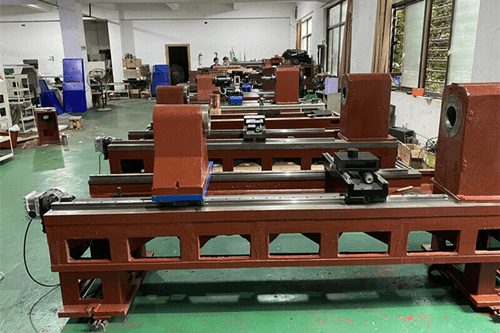
The Steps To Follow In The Plate Making Process
The plate making process is a crucial step in various industries, including printing, manufacturing, and graphic design. It involves creating a plate that serves as a template for transferring an image or design onto a substrate. The quality of the plate directly affects the final result, making the plate making process essential for achieving accurate and high-quality prints. In this article, we look at 5 major steps involved in the plate making process.
Design Preparation
The first step in plate making is the design preparation phase. Here, the artwork or image to be reproduced is carefully reviewed and optimized for the printing process. Designers may use specialized software to adjust colors, contrast, and other aspects to ensure the image translates well onto the plate. Additionally, the design may need to be resized or adjusted to fit the specific dimensions of the printing substrate.
Image Transfer
Once the design is finalized, it is transferred onto a transparent film or a photosensitive material. This transfer process can be achieved through various methods, including traditional film photography, digital printing, or direct laser engraving. The choice of method depends on the specific requirements of the printing job and the type of plate being created.
Plate Exposure
In the plate exposure stage, the transferred design is exposed to a source of light or UV radiation. This exposure process hardens or fixes the photosensitive material, creating a durable and stable image on the plate. The duration and intensity of exposure are carefully controlled to achieve optimal results. After exposure, the plate is ready for further processing.
Plate Development
During the plate development phase, any unexposed areas of the plate are removed, leaving behind the desired image or design. This step usually involves washing the plate with specific chemicals that dissolve the unexposed photosensitive material. The developed plate is thoroughly rinsed and dried to ensure the removal of any remaining chemicals, ensuring a clean and precise plate.
Finishing and Quality Control
The final step in the plate making process involves finishing and quality control. The plate is carefully inspected to ensure that the image is accurately reproduced and free from any defects. Any imperfections or errors are corrected at this stage.
Read more about some of the best quality and modern plate makers in the market.
